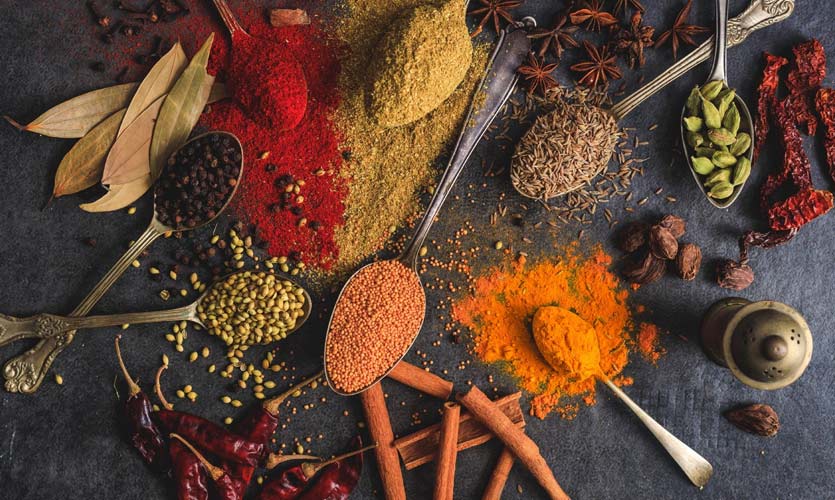There are certain aromas, visuals and stereotypes that immediately come to one’s mind when one thinks of Indian food. For the west, Indian food is spicy, and by spicy they usually mean hot and loaded with chilies. In reality, of course, Indian food is all about a balance of spices and flavours. Still, the stereotype of stomach burning Indian food continues.
In India too, we associate our food with tomato laden paneer and vegetable curries and the ubiquitous aloo ki subzi. In fact, potatoes are used in just about all kinds of dishes across India. Punjabis dream of sarson da saag aur makki di roti while Himachalis swear by their delicious rajma curry. Yet, many of the ingredients used in these dishes did not originate in India. The ancient Indians probably never saw a chilli. Mediaeval Indians would not know what a potato is. That’s because many foods we consider staple today were brought to India with the advent of colonialism in the 15th century.
It is remarkable to think that so much of what we associate with Indian cuisine developed just seven hundred years ago. Our forefathers would struggle to recognize much of our supposedly ‘traditional’ Indian cuisine if they ever tasted it. Many of these ingredients introduced to India came from other colonised lands, especially South America. Thus, ironically, our food today would probably be quite recognizable to the ancient people of South America in terms of the fruits and vegetables.
In fact, the long list of fruits and vegetables introduced into India by the Portuguese is astounding. Even more astonishing is the fact that all these food items of foreign origin have become such an integral part of our childhood memories, daily staples and even religious rituals. The Portuguese introduced us to chilies, potatoes, tomatoes, corn, rajma or kidney beans, cabbage, guava and gooseberry.
The British also left behind some foreign produce that has become ubiquitous in Indian cuisine. The cauliflower is only a hundred and fifty years old in India and was first introduced in 1822. Bengali cuisine today is incomplete without phulkopir aloo, but it would have been unknown to them a couple of centuries ago.
Before tomatoes came to India, tamarind, yoghurt, raw mango, amla and various berries were used as souring agents. Instead of chilies, black pepper and cumin were used to heat food. Many local varieties of green leafy vegetables, lentils and berries were consumed which have since been replaced by ingredients introduced and popularised during colonialism.
Yet, the beauty of any human community is their ability to embrace and adapt new ingredients into old recipes. Perhaps India’s colonial food history is a reminder to be more accepting of change and new influences. Cultural traditions are not always as rigid or ancient as we are made to believe they are. Each generation breaks, remakes and creates new traditions and recipes to be passed down to the next generation. In India’s varied and constantly evolving cuisine we see a reflection of its historical diversity.
Read more: Bunny Chow: The Indian Origins Of A South African Delicacy










